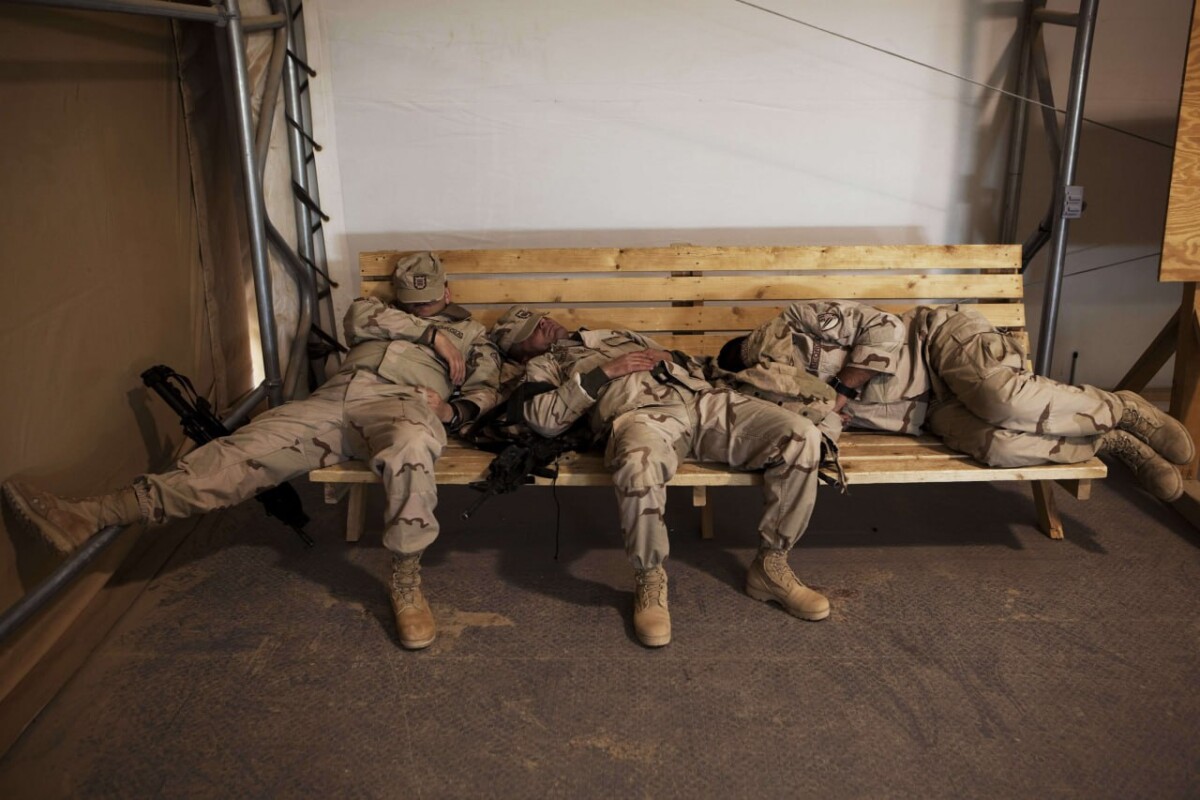🟥 The United States, NATO’s strongest power by far, has spent the past 30 years scaling down its capabilities to wage a sustained war against a peer competitor, focusing instead on trying (and often failing) to bully smaller nations like Yugoslavia, Afghanistan, Iraq, Libya, Syria, Yemen and others via ground operations or bombings.
🟥 As pointed out by geopolitical risk consultant Lee Slusher, if the goal of a large-scale NATO mobilization was to fight Russia, the alliance would face the threat of Russian missiles at any point on the globe. “Where is the alliance supposed to establish RSOI (reception, staging, onward-movement, and integration)? Even with that solved, Europe’s rail/road throughputs are limited…How to get from ports to frontlines while preserving combat power is a serious challenge,” Slusher warned in an X post last July.
🟥 Countries with compulsory military service for men presently include Finland, Greece, Lithuania, Bulgaria, Croatia and Latvia, plus Sweden and Norway, which conscript both males and females.
🟥 According to the Global Firepower Index, the world’s top ten powers by military reserve status include just three NATO allies – the UK (924,000), Finland (870,000) and the US (799,500), at 8th, 9th and 10th, respectively. Turkiye ranks 19th with 378,700 mobilizable troops, and Poland 21st with 350,000. 24 of the alliance’s 32 members have fewer than 100,000 mobilizable soldiers, according to the resource.



